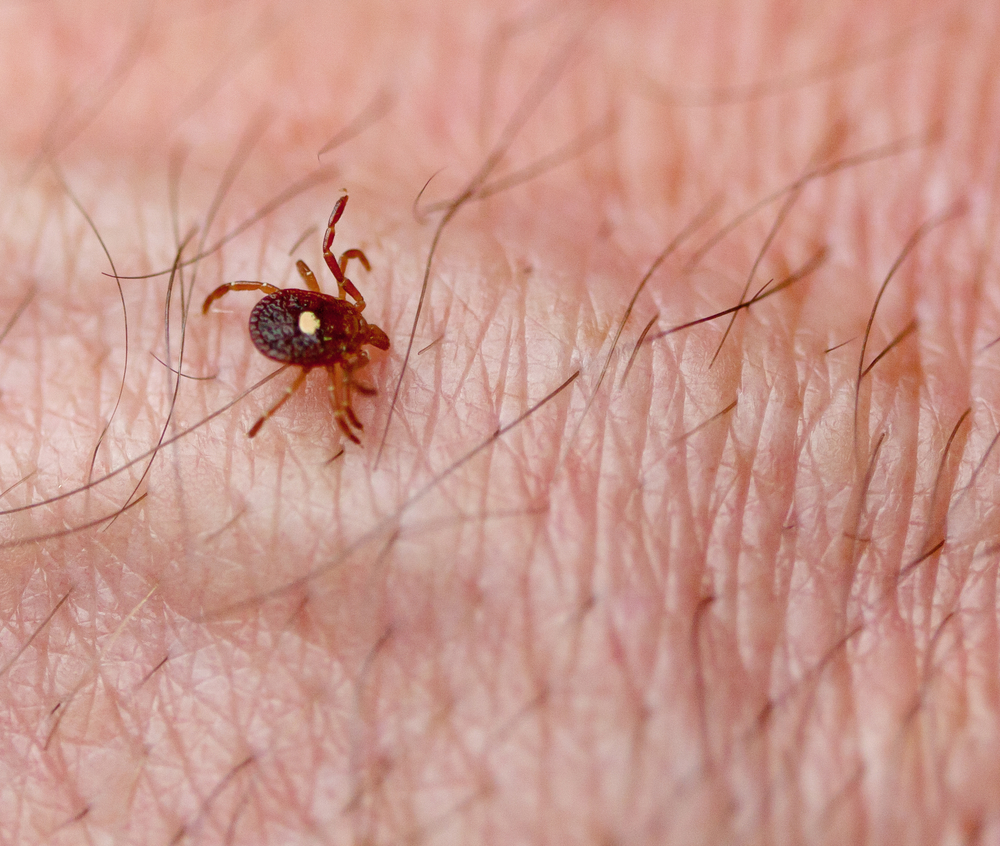 Red meat lovers beware! Earlier this year, the Lone Star Tick was newly discovered as a tick species whose bites can cause alpha-gal syndrome–an allergy to red meat. Currently, the Lone Star Tick is, so far, the only species of ticks that cause this bizarre allergy. However, since we are in the midst of tick season, public health experts advise us to exercise extreme caution, for the Lone Star Tick is expanding to more and more states across the US. So, if you’re a fan of red meat and love the great outdoors, it’s highly important to take the proper precautions to protect yourself from the Lone Star Tick.
Red meat lovers beware! Earlier this year, the Lone Star Tick was newly discovered as a tick species whose bites can cause alpha-gal syndrome–an allergy to red meat. Currently, the Lone Star Tick is, so far, the only species of ticks that cause this bizarre allergy. However, since we are in the midst of tick season, public health experts advise us to exercise extreme caution, for the Lone Star Tick is expanding to more and more states across the US. So, if you’re a fan of red meat and love the great outdoors, it’s highly important to take the proper precautions to protect yourself from the Lone Star Tick.
The Lone Star Tick
The Lone Star Tick primarily resides in the southeast region of the US, but are also present in Maine, New York, and Minnesota. Scientists claim that their shift in regions is due to the fluctuation of weather patterns; more states are becoming a viable place for them to reside. To concur with these claims, Dr. Ronald Saff, an allergist in Tallahassee, Florida, explains, “We expect with warming temperatures, the tick is going to slowly make its way northward and westward and cause more problems than they’re already causing” (source).
The link between the Lone Star Tick and red meat allergy was first discovered by Dr. Scott Commins, an allergist of the University of North Carolina, Chapel Hill. When Dr. Commins first made this interesting discovery (approximately 10 years ago), there were only a few dozen cases of tick-induced meat allergies. However, as of the beginning of 2018, there are approximately 5,000 cases of alpha-gal syndrome in the US. Although the Lone Star Tick is the only known species that’s bite is linked to severe meat allergies, there are a few tick species in Europe, Asia, and Australia that cause alpha-gal syndrome as well.
Tick Bites and Allergies
So, how can one tick bite from the Lone Star Tick cause a severe allergic reaction to red meat? Well, these ticks have a sugar molecule in their makeup–alpha-gal–that’s also found in cows, sheep, and pigs. In the event a tick latched onto a human and bites, this molecule is transferred to them. Each person’s reaction to the tick bite is different; where some have minor allergies to red meat, others may develop a severe allergy to meat and dairy. Unlike most food allergies, symptoms of alpha-gal won’t be present until 3-6 hours after consumption. The range in allergy severity in some people still have researchers stumped. However, a simple blood test can determine if one has been affected with alpha-gal syndrome.
The Lone Star Tick is predominantly active from March-September and can be distinguished by the patterns on its back. Typically, a female Lone Star Tick has a single white dot on the center of the body while a male has either white spots or white streaks on the outer edges of their body. The best protection against these ticks is to wear long sleeves and pants if you decide to venture into the woods. Deet or picaridin are also good defenses against the Lone Star Tick. After a hike or camping trip, be sure to examine yourself to ensure that you do not have any signs of a tick bite.

